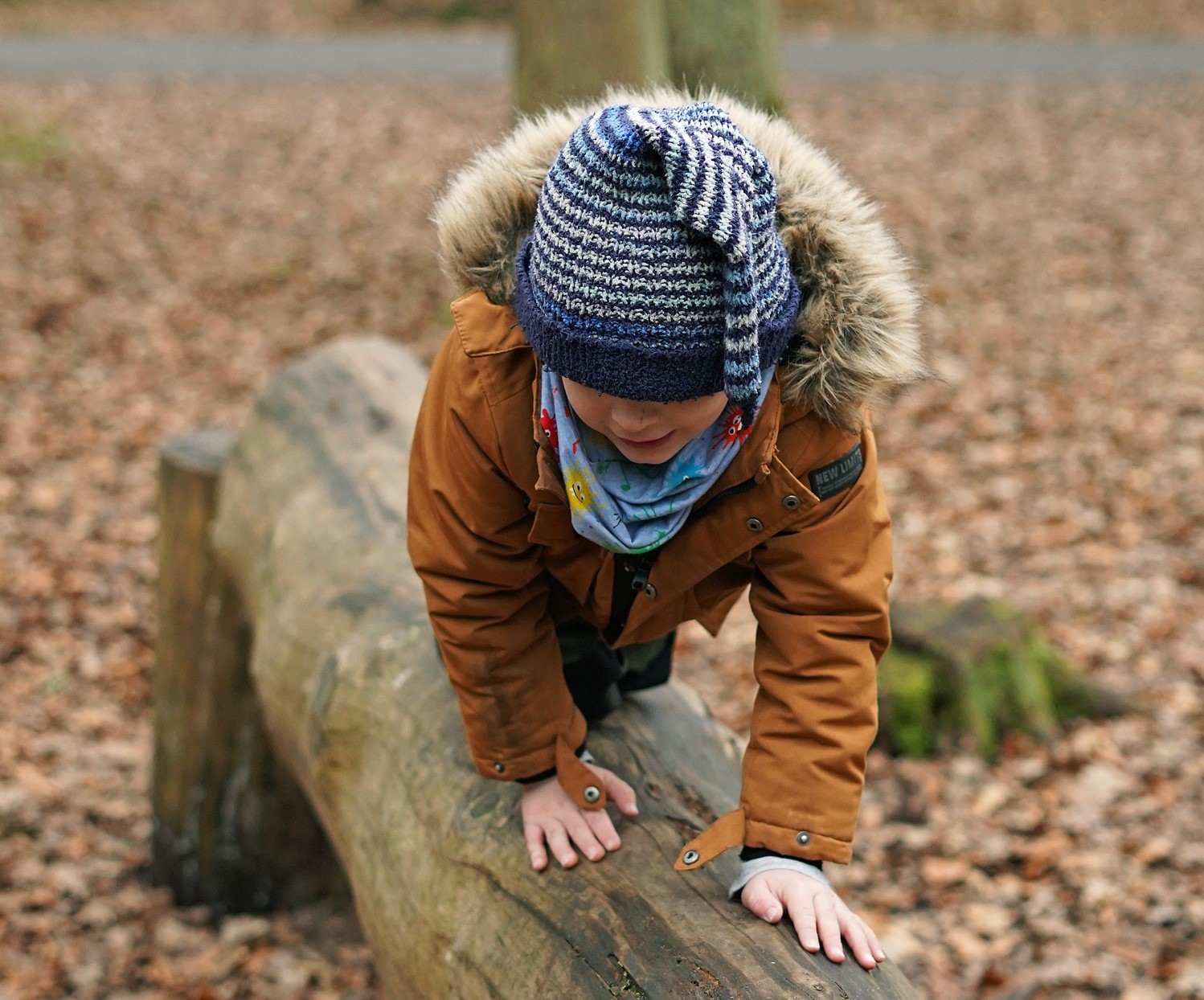Learning Environment and Resources
Completion requirements
What makes an effective learning environment?Your decisions about your learning environment should reflect how young children learn and what they need to learn. |

An effective learning environment: |
Examples of how you can achieve this: |
provides safe and inviting opportunities for new experiences, challenges and risk-taking |
|
makes children feel comfortable and valued |
|
engages and actively involves children in their learning |
|
has outside and inside space |
|
allows children to express their experiences and ideas in many different ways |
|
provides opportunities for all types of play |
|
supports children's awareness and control of their own thinking, learning and emotions (self-regulation) |
|
provides opportunities for social interactions with adults and peers. |
|